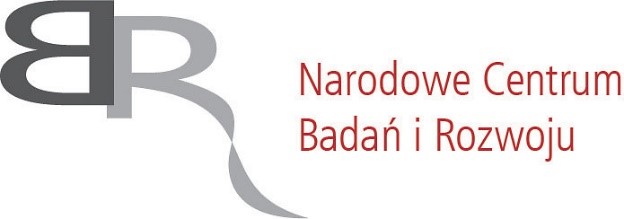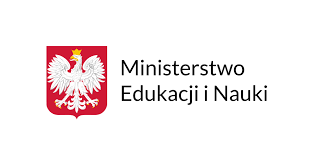
Title: "Development of a revolutionary Earth imaging service using the satellite REC constellation"
under Measure 1.1.1 of the Intelligent Development Operational Program 2014 - 2020.
Project co-financed by the European Regional Development Fund
Agreement number: POIR.01.01.01-00-0824 / 19-00
Beneficiary: SatRevolution S.A.
Consortium member: Wrocław University of Science and Technology
Supervisor at WrUST: dr hab. inż. Paweł Knapkiewicz
Duration: 01.04.2020 - 31.12.2023
Project value: PLN 53 142 392.71
Amount of funding of the Project: PLN 33 431 698.63
The subject of the project is the development of an innovative Earth imaging technology using the REC constellation consisting of ScopeSat high-resolution optoelectronic nanosatellites for the purposes of geodesy and cartography, crisis management, the insurance sector, precision agriculture and for imaging applications.
An optical instrument with segmented aperture of the primary and secondary mirrors is particularly important and innovative solutions for this observation satellite. These mirrors will consist of three movable segments with the possibility of precise correction of position each of them. So far, the applicability of the segmented aperture has only been proven theoretically. At the Faculty of Electronics, Photonics and Microsystems, the Department of Microsystems, the world's first optical instruments with segmented aperture and mechanisms enabling ultra-precise correction of the position of mirrors are developed. Thus, competences in the field of designing and testing optical instruments with an aperture of up to 200 mm have been developed.









